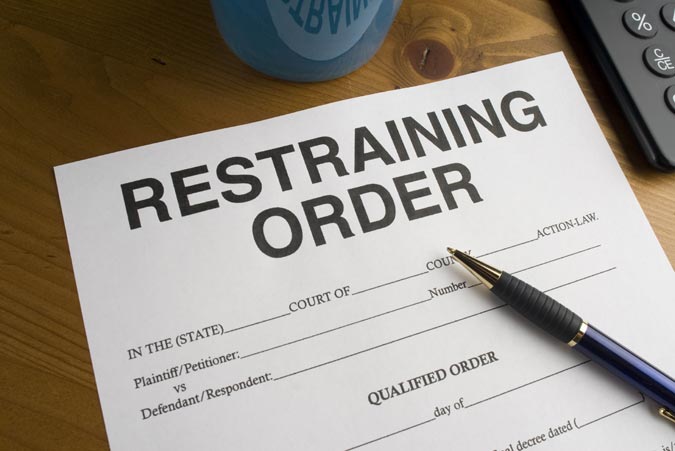Many women seem to get tangled up in an abusive relationship. Often they are vulnerable in some way and are the victim of a predator or a con man who can put on a good, caring act to start with. These men are simply using their partners, who may be better off financially than they are, or able to offer a place for them to move into.
Whatever the reason for the abuse, a restraining order is a legal document that prevents an abuser from coming close enough to continue the abuse after the relationship ends. At least, that is the theory. In reality, the abuser can break the conditions and still cause harm to the victim. The only real benefit is that he can then be prosecuted.
Two different types
There are two different types of restraining order; a violence restraining order (vro) and a misconduct restraining order (mro). If you are afraid of violence against your person, then the former order is the one to apply for. If you are only concerned about misconduct that does not include personal violence, apply for a misconduct restraining order. In some states, the former may be called an Apprehended Violence Order, or AVO.
In both cases the penalty for disobeying the orders can be a fine or gaol time.
How to apply
To get a restraining order you have to go through the court. You can apply for one online or get an application form from a court registry. The first hearing will be in a closed court – not open to any of the public, including the respondent, though he can be there by your request. You must give evidence as to why you need the order. This can be given verbally or by an affidavit. A support person can be present, but does not take part in the proceedings.
The restraining order must be served on the respondent; it does not take effect until this happens. At this time, it is an Interim Violence Restraining Order – see below. The court prepares the order and the police are the ones who serve it, so you don’t have to worry about confronting the person.
The respondent’s response
The respondent can agree, by doing nothing, or they can object to the order. The objection must be lodged within 21 days of the order being served. There will then be another court hearing. Until the date of this hearing, the order will remain in effect, which is why it is known as an Interim Violence Restraining Order.
Both parties should attend this hearing. If you don’t, the order is likely to be dismissed. If the respondent doesn’t attend it will likely go ahead and become permanent. If neither attend, it will be dismissed.
Your address will be kept secret from the respondent at all times, thus giving you some peace of mind.

